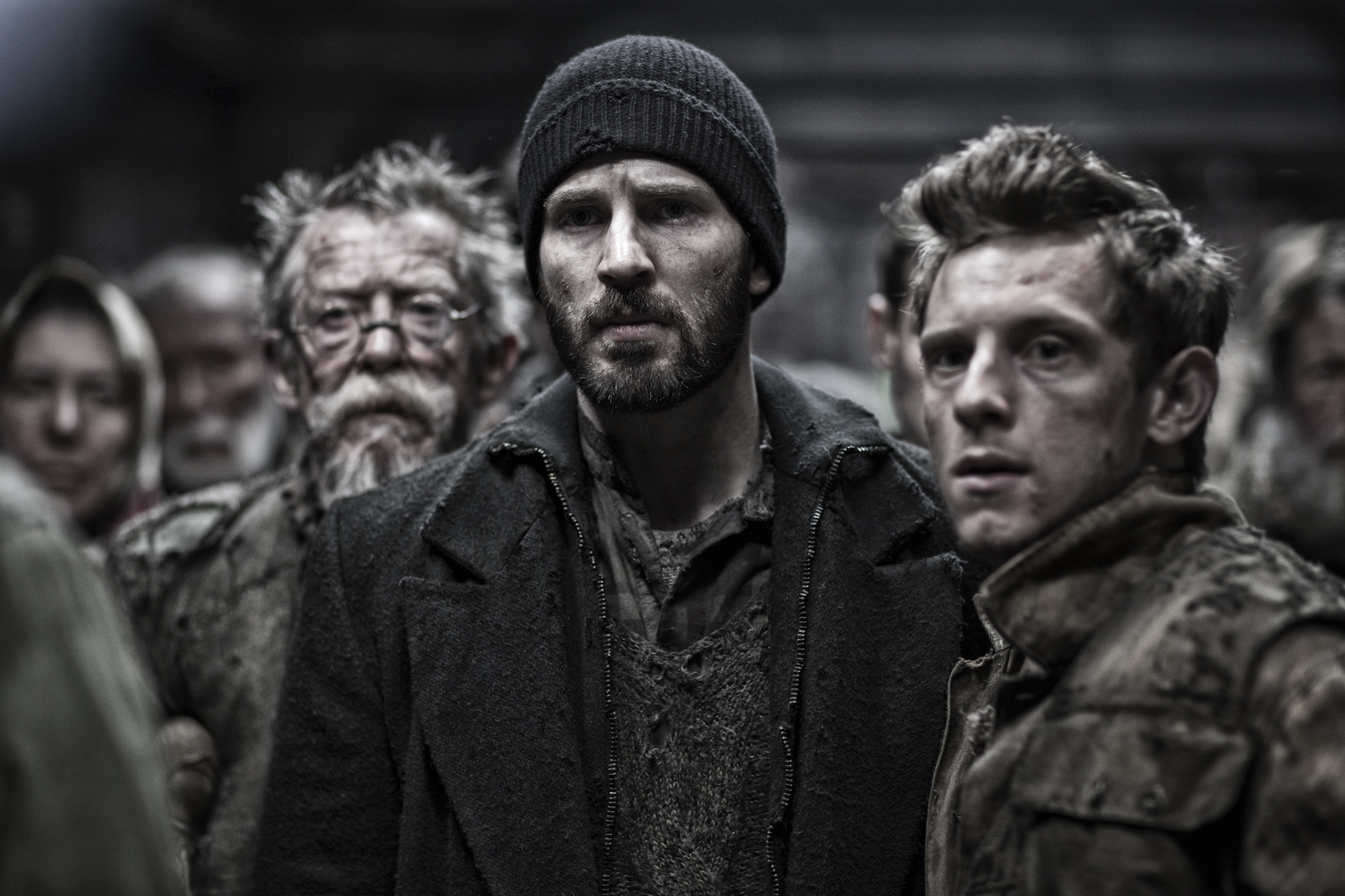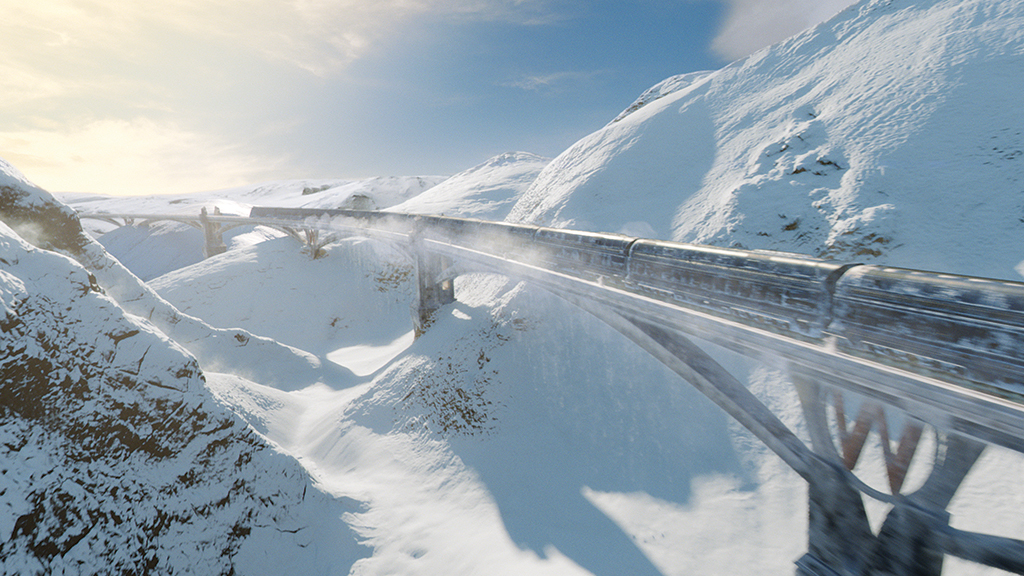Snowpiercer (2013) and the True Outcome of Human Revolution

In 2005, South Korean director Bong Joon-Ho found the French graphic novel Le Transperceneige or “Snowpiercer”, which depicted a post-apocalyptic world where the Earth has succumbed to climate change and froze over. The few human survivors are all forced to live on a train that continuously revolves around the world. Bong Joon-Ho was impressed by the graphic novel and wished to do an original film adaptation of the work. In 2012, negotiations were made with Chris Evans and he was later cast as the male lead. Later that year, both Tilda Swinton and Jamie Bell joined the roster and filming soon began.

In a not-so-distant future, humanity’s failure to combat climate change, which results in the world freezing over. The remains of humanity are forced to take refuge on a perpetually moving train: The Snowpiercer, created by an enigmatic businessman named Wilford. Each section on the train represents a different social class, with the section closest to the engine representing greater social standing and wealth. The people near the tail end, on the other hand, have very little food and are treated very poorly by the train’s military police. After nearly two decades of living under these rough conditions, the tail-end people decide they’ve had enough. Led by Curtis (played by Chris Evans) and his best friend Edgar (played by Jamie Bell), they revolt against Wilfred and fight their way towards the front end.

While 2013’s Snowpiercer was an adaptation, the story is so distinct from its source material that you can consider it an original Bong Joon-Ho film. This film can be interpreted from a variety of lenses. You can pick up the political themes of climate change and what will happen when humanity doesn’t heed Mother Nature’s warnings. Additionally, the theme of revolution is prevalent throughout the film, with the tail end revolting against Wilfred and the front end of the train being an allegory to the French and Russian Revolutions, where the working class revolted against the monarchy and Bourgeoisie, respectively. However, whenever you have a revolution, you will forever change the political climate of your state, either for the better or for the worse. In the case of Snowpiercer, it’s the latter. After Curtis makes his way to the front end of the train, he and one of his followers, Namgoong (played by Song Kang-Ho), blow up the engine of the train, killing everyone on board except for Namgoong’s daughter, Yona, and another boy. The two wander out into the world and see a polar bear. This proves that a political revolution always has the likelihood of complete and utter destruction of everyone.

The scene where the two kids see a polar bear can be interpreted in two different ways: the metaphoric way, and the realistic way. Since we are told in the film that life cannot exist in the outside world, metaphorically, this represents life blooming in a hostile environment. Conversely, if we approach this from a realistic point of view, it also means that the kids are bound to die, since polar bears eat people and the children have no resources to use to fend for themselves or even survive in the harsh cold climate other than their coats.
Additionally, the cinematography is breathtaking, able to make the train appear as if it’s an entire city! The tail end is reminiscent of the slums, while as you go further to the front, you see schools, bars, nightclubs and even resort-esque areas. Unlike many film directors, Bong Joon-Ho knows exactly what scenes he needs and shoots accordingly, without any other backup shots. While this is usually very risky, as you often don’t know what the scene will look like in post-production, Bong plans his films extensively ahead of time to know exactly what he needs. He is a true auteur, and I don’t use that term lightly!


Snowpiercer also features a well-known cast, with Chris Evans, Tilda Swinton, Ed Harris, Jamie Bell, and Octavia Spencer, alongside Korean actors Song Kang-Ho and Go Ah-sung from 2006’s The Host. Like fellow auteurs Guillermo Del-Toro and Wes Anderson, Bong Joon-Ho enjoys working with recurring actors and actresses, with Song Kang-Ho appearing in the numerous films, including the Academy-award winning Parasite and Tilda Swinton appearing in Okja.
While Bong Joon-Ho is best known for his film Parasite, I think Snowpiercer is one of his most underrated films. It features not only a star-studded cast, but also contains heavy political commentary on class struggle while maintaining its identity as an action-thriller. Very few films today properly balance their social and political commentary with their tone, which in turn affects their quality. However, Snowpiercer is not one of them. It just goes to show how a master filmmaker can make a film that truly stands out among all the others!









